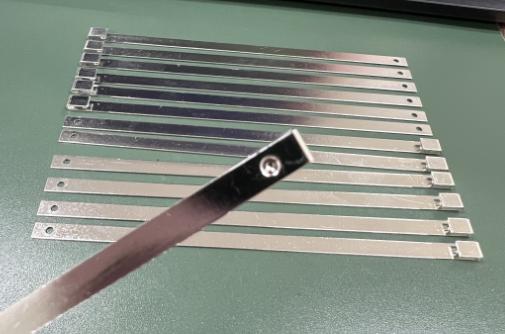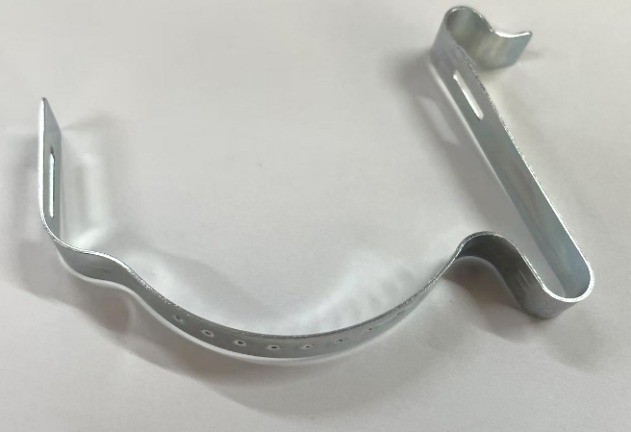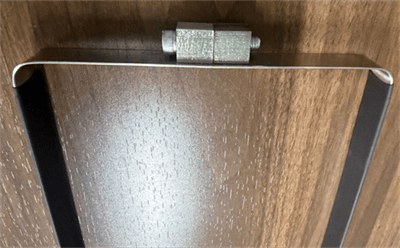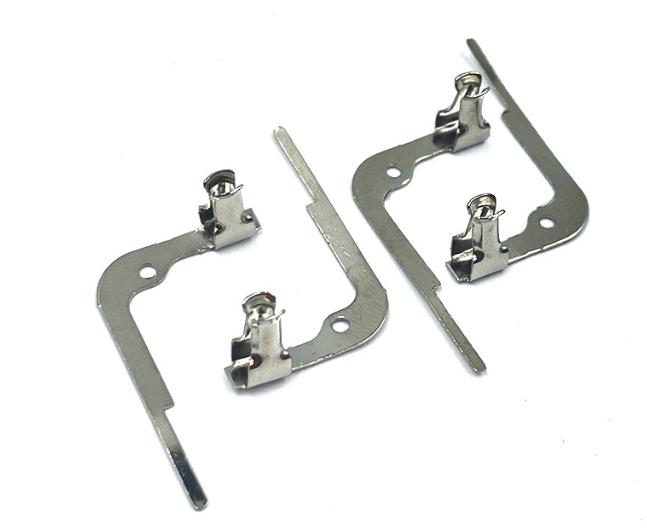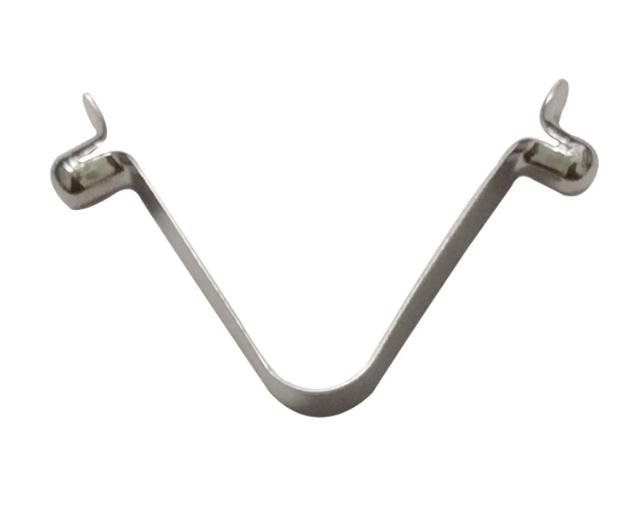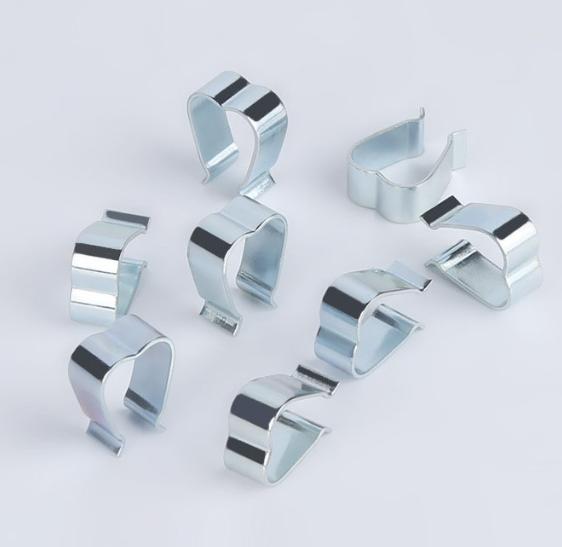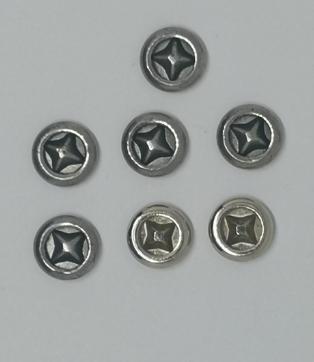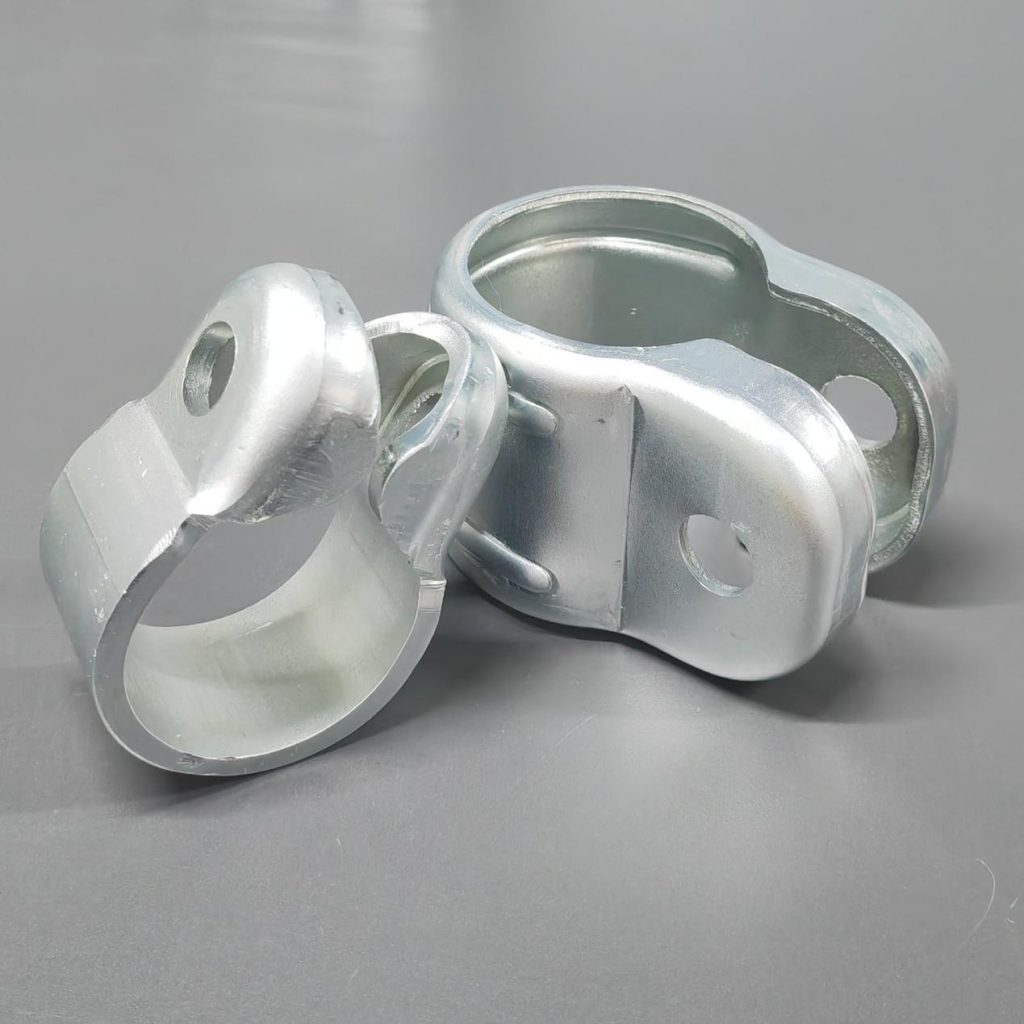How to Optimize Metal Stamping Die Design?
Central to the success of metal stamping operations is the design and performance of the stamping die. Every intricate detail of a metal stamping die impacts the quality, speed, and cost-effectiveness of the production process. In recent years, advancements in technology and methodologies have led to significant improvements in the optimization of metal stamping die design, resulting in enhanced efficiency, precision, and cost-effectiveness.
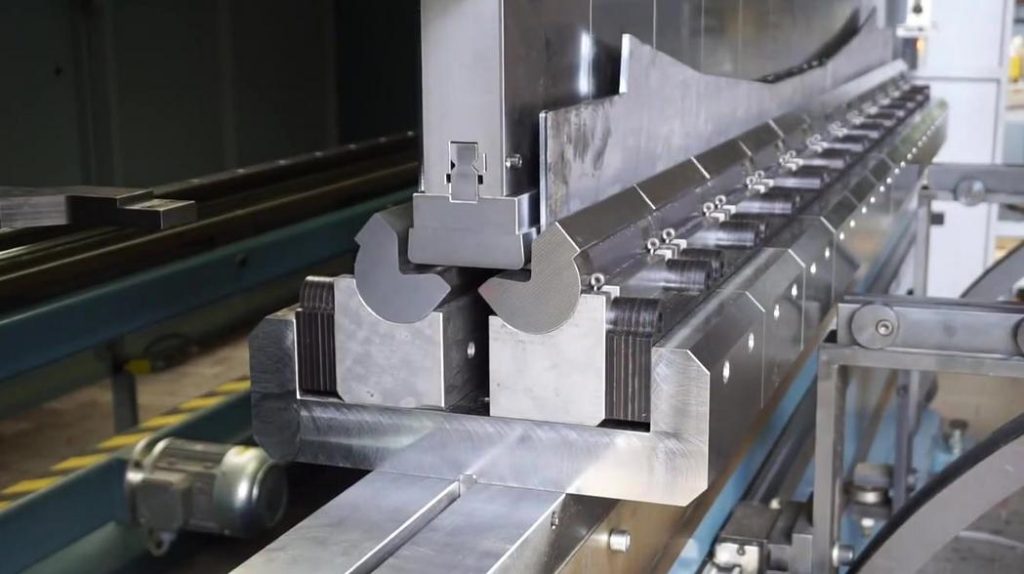
Why the Optimization of Metal Stamping Die Design is Important
At its core, the optimization of metal stamping die design is about achieving the optimal balance between various factors such as material usage, production speed, part quality, and tool longevity. It involves meticulous planning, analysis, and iteration to refine the die geometry, select appropriate materials, and fine-tune the manufacturing process for optimal results.
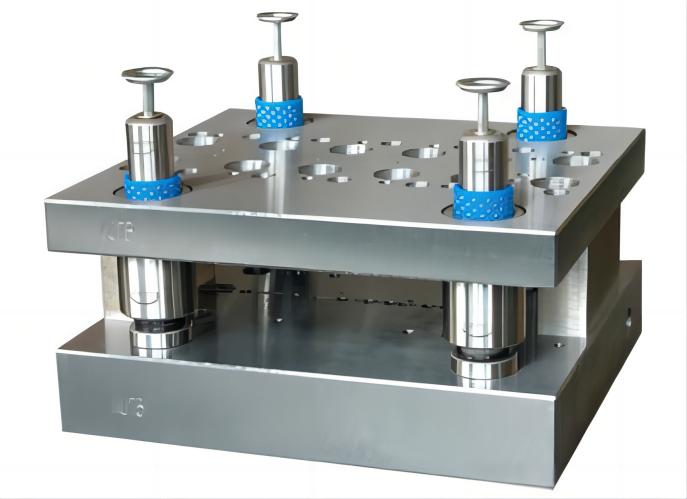
Effective stamping dies design optimization is crucial for maximizing productivity, minimizing production costs, and ensuring the quality and consistency of metal stamped parts. By optimizing the design of stamping dies, manufacturers can achieve higher production rates, reduce material waste, and mitigate issues such as dimensional variations, surface defects, and tool wear.
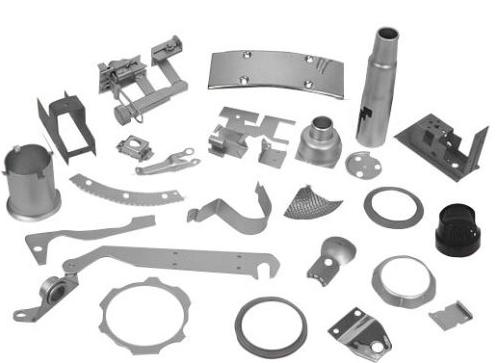
Key Considerations in the Optimization of Metal Stamping Die Design
The optimization of metal stamping die design is a multifaceted process that involves several key aspects aimed at improving efficiency, precision, and cost-effectiveness in manufacturing.
1. Material Selection
Choosing the right material for the stamping die is crucial for its performance and longevity. High-quality tool steels, carbide, and other advanced alloys are commonly used to withstand the wear, heat, and pressure encountered during stamping operations.
2. Die Geometry
The design of the die geometry directly influences the quality and consistency of stamped parts. Factors such as punch and cavity shapes, clearance values, and radii must be optimized to ensure proper material flow, minimize distortion, and achieve the desired part dimensions and surface finish.
3. Simulation and Analysis
Computer-aided engineering (CAE) tools, such as finite element analysis (FEA) and computational fluid dynamics (CFD) simulations, allow engineers to predict and analyze various aspects of the stamping process. By simulating different die designs and process parameters, manufacturers can identify potential issues early in the design phase and optimize tooling performance.
4. Tooling Configuration
The configuration of tooling and the metal stamping die, including the layout of punches, dies, and forming features, plays a significant role in production efficiency and part quality. Optimizing the tooling configuration involves considerations such as minimizing material flow distance, reducing bending and stretching forces, and ensuring proper material feed and ejection.
5. Material Handling and Feeding
Efficient material handling and feeding systems are essential for maximizing throughput and minimizing downtime in metal stamping operations. Proper alignment, feeding mechanisms, and control systems ensure smooth and consistent material flow through the die, reducing the risk of jams, misfeeds, and production delays.
6. Die Maintenance and Repair
Regular maintenance and timely repair of stamping dies are critical for prolonging their lifespan and ensuring optimal performance. Scheduled inspections, cleaning, lubrication, and replacement of worn components help prevent premature wear, minimize downtime, and maintain part quality.
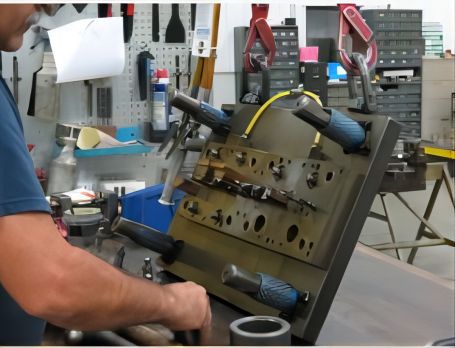
7. Process Control and Monitoring
Implementing effective process control and monitoring systems allows operators to maintain consistency and repeatability in stamping operations. Real-time monitoring of process variables, such as press force, temperature, and tooling wear, enables quick adjustments to optimize production efficiency and part quality.
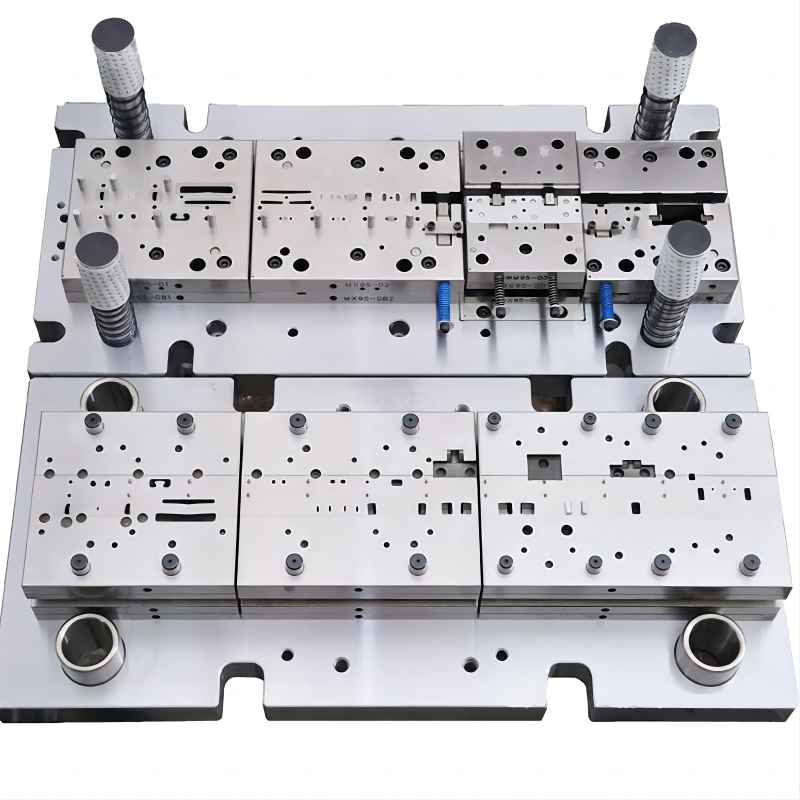
Future Trends in The Optimization of Metal Stamping Die Design
1. Additive Manufacturing (AM) Integration
The integration of additive manufacturing technologies, such as 3D printing, into die design and fabrication processes will enable the production of highly complex and customized tooling with reduced lead times and costs. AM techniques offer greater design freedom, allowing for the creation of intricate die geometries that were previously impractical or impossible to manufacture using traditional methods.
2. Topology Optimization
Topology optimization techniques leverage advanced algorithms to iteratively optimize the design of stamping dies for maximum strength, stiffness, and material efficiency. By removing unnecessary material and redistributing loads, topology optimization can significantly reduce die weight, production costs, and lead times while improving performance and durability.
3. Digital Twin Technology
The implementation of digital twin technology allows manufacturers to create virtual replicas of stamping dies, enabling real-time monitoring, predictive maintenance, and performance optimization. Digital twins provide valuable insights into die behavior and performance, facilitating proactive decision-making and minimizing downtime due to unexpected failures or defects.
4. Advanced Materials and Coatings
Ongoing advancements in material science are leading to the development of new high-strength alloys, composites, and surface coatings that offer superior performance and durability in stamping applications. These advanced materials and coatings help extend the lifespan of stamping dies, reduce wear and friction, and improve part quality and surface finish.
5. Machine Learning and Artificial Intelligence (AI)
The application of machine learning algorithms and AI techniques for data analytics, pattern recognition, and predictive maintenance will optimize stamping processes, minimize downtime, and enhance overall manufacturing efficiency. AI-driven optimization algorithms can analyze vast amounts of data from stamping operations to identify patterns, optimize process parameters, and improve part quality and consistency.
6. Green Manufacturing Practices
Increasing focus on sustainability and environmental stewardship will drive the adoption of eco-friendly stamping processes, such as water-based lubrication systems, recyclable tooling materials, and energy-efficient press technologies. Sustainable die design practices aim to minimize material waste, reduce energy consumption, and mitigate the environmental impact of stamping operations.
7. Integrated Process Chains
The integration of stamping die design with upstream and downstream processes, such as material handling, forming, and finishing operations, will enable seamless and efficient production workflows. Integrated process chains leverage automation, robotics, and data connectivity to optimize the entire manufacturing process from raw material input to finished product output, reducing lead times and improving overall productivity.
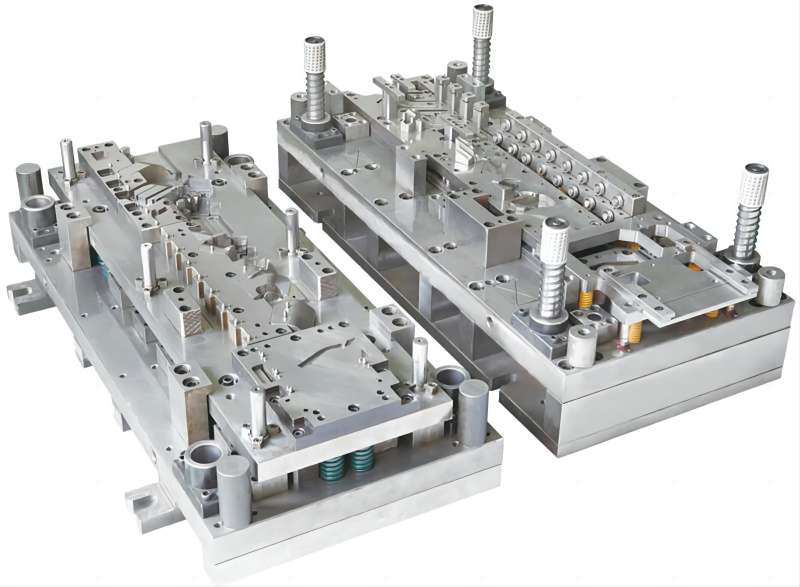
Conclusion
The optimization of metal stamping die design is a continuous journey of innovation and refinement, driven by the relentless pursuit of efficiency, precision, and quality in manufacturing.
Through adopting advancements in materials science, simulation technologies, process control systems, and emerging trends such as additive manufacturing and artificial intelligence, manufacturers can continue to push the boundaries of die design optimization, driving innovation and competitiveness in the global metal stamping industry.

